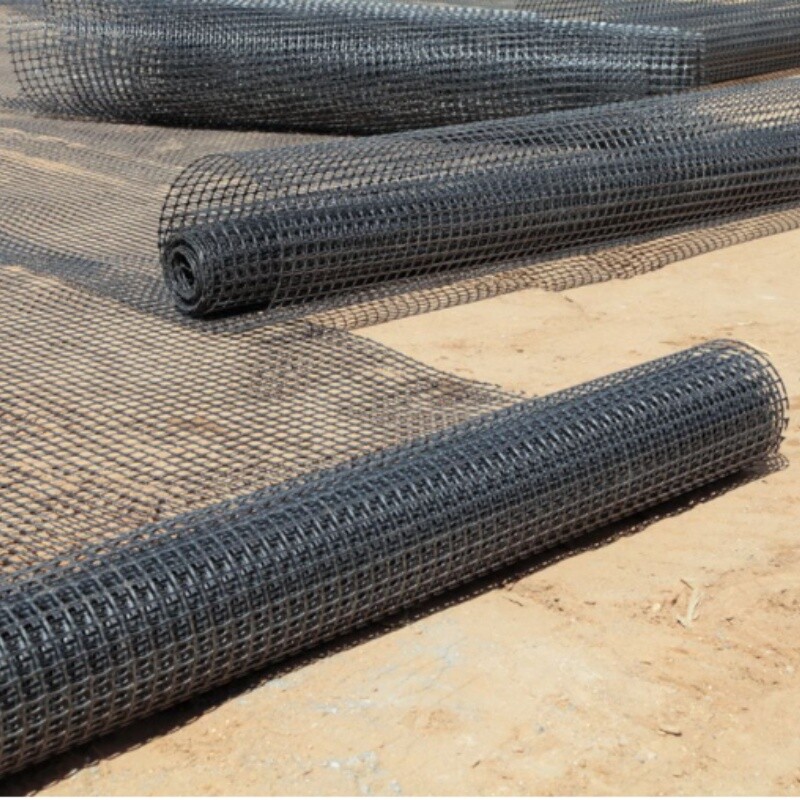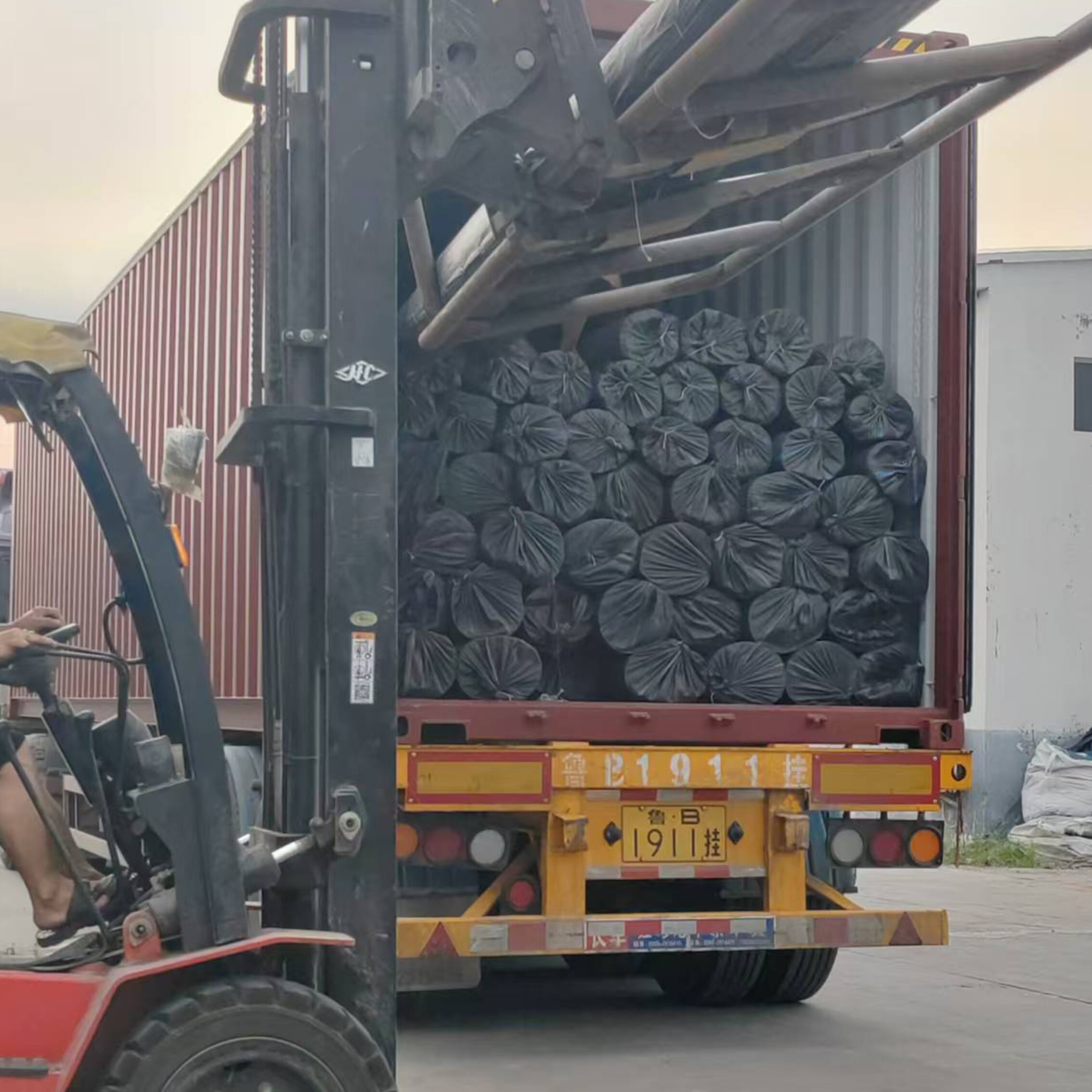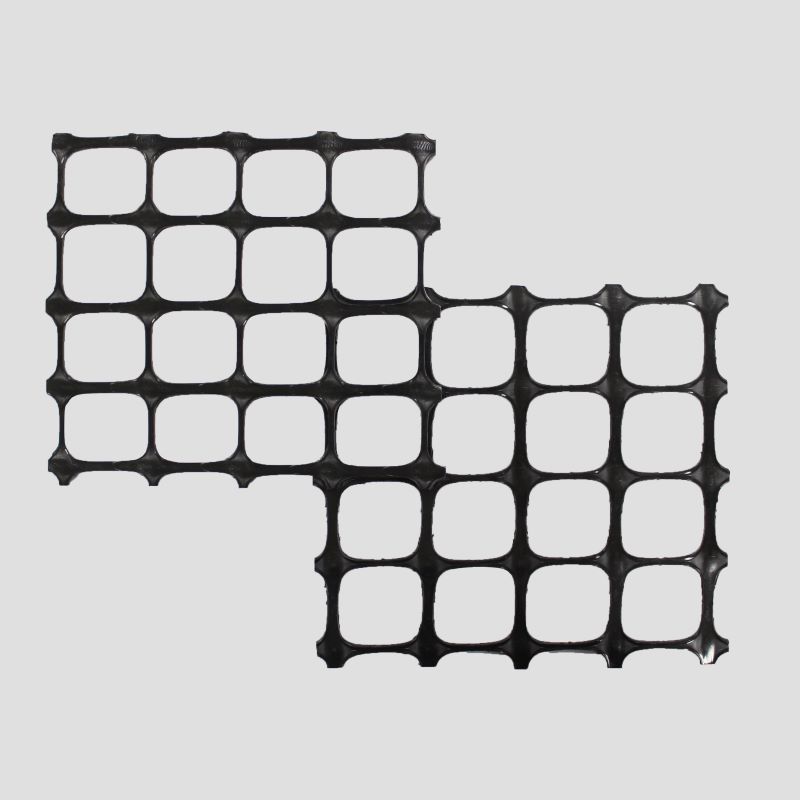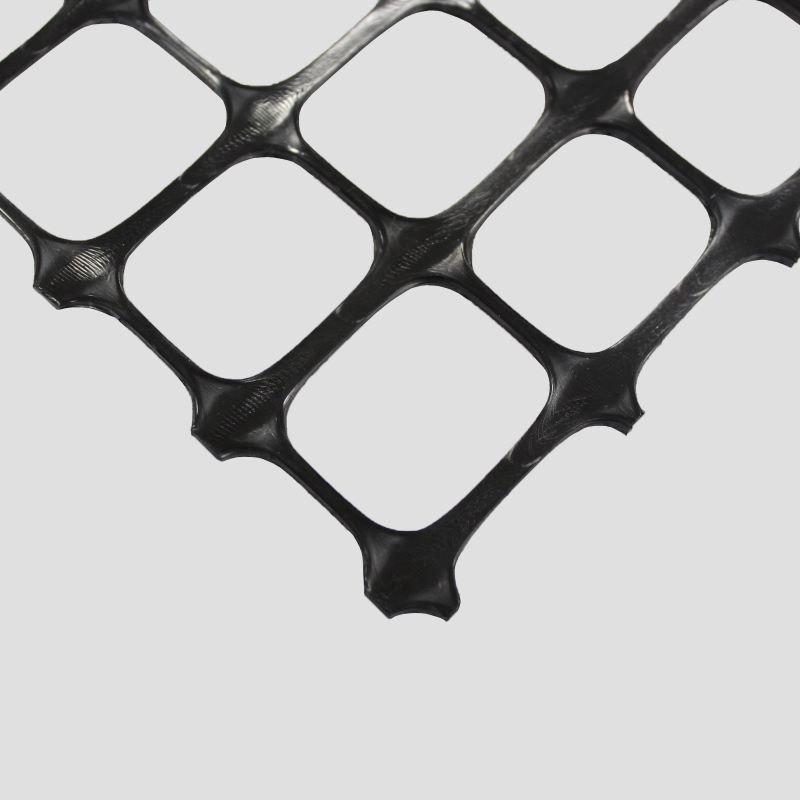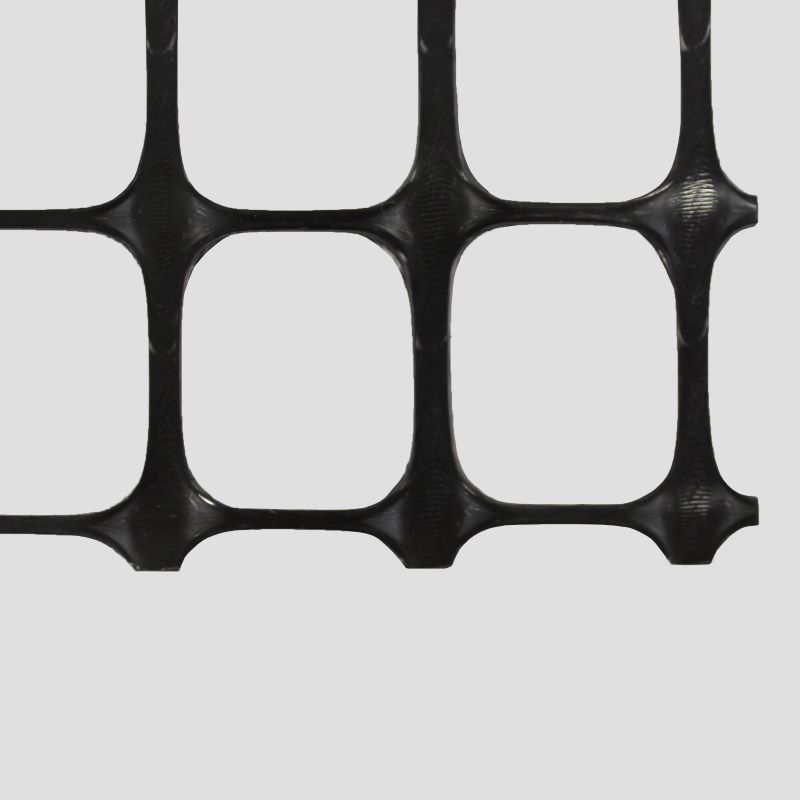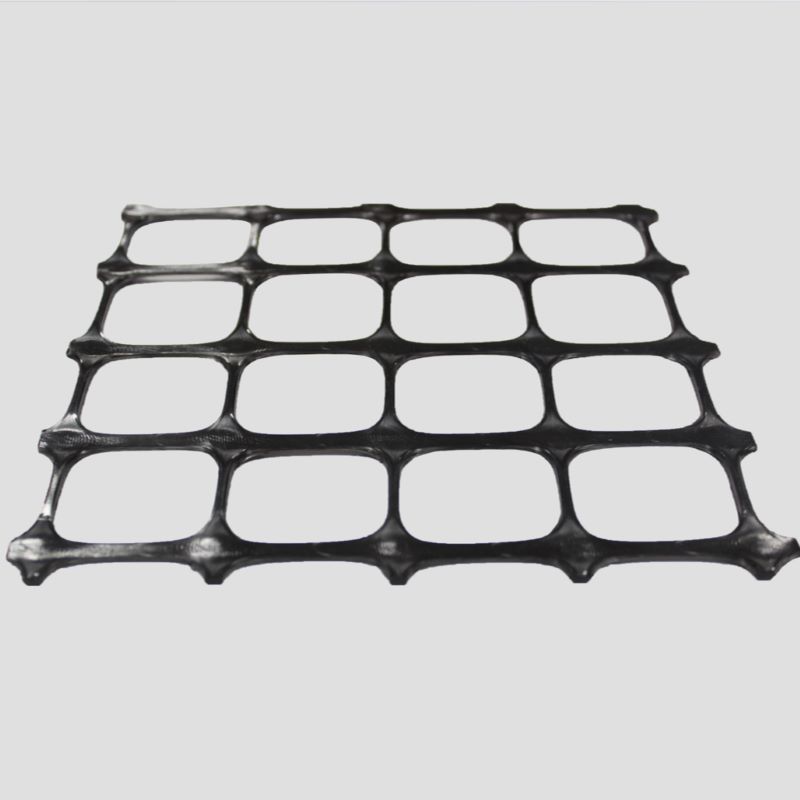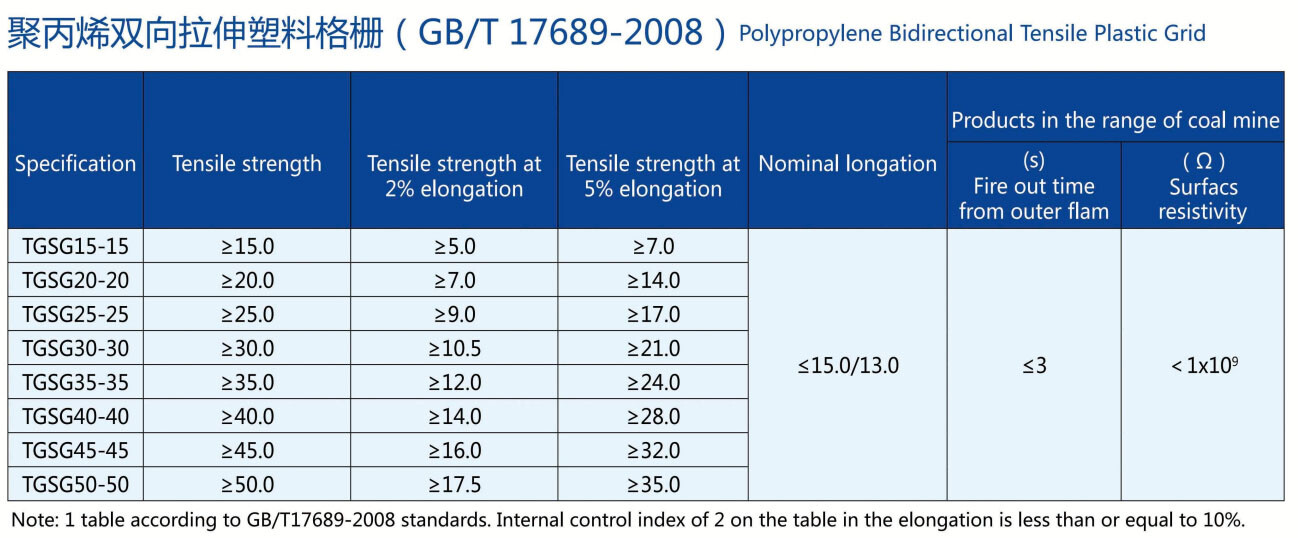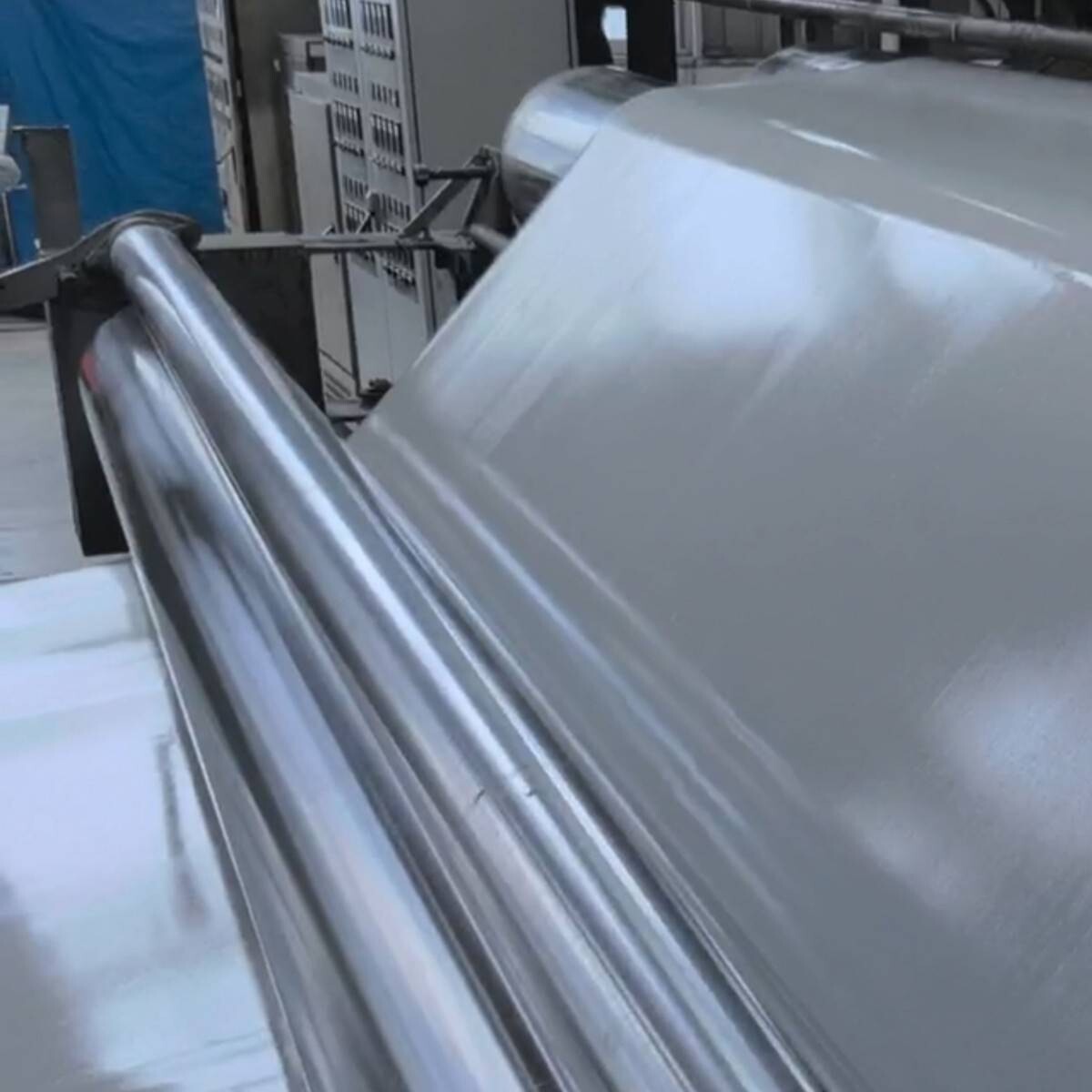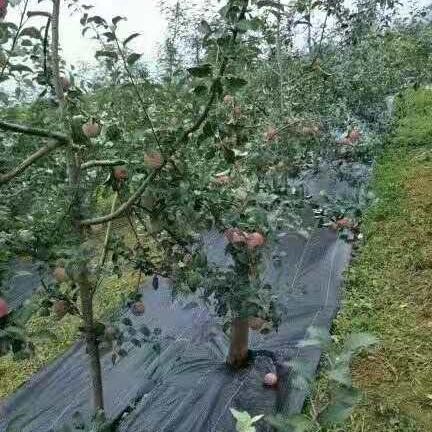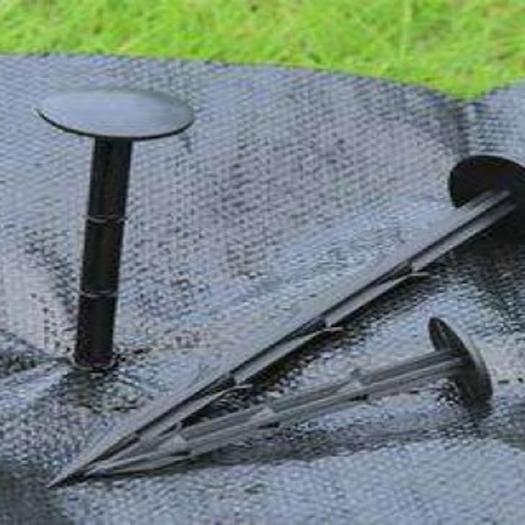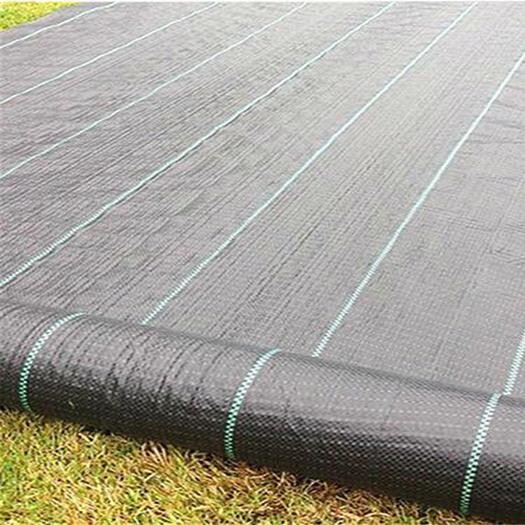1. Product Overview
Biaxial geogrid is a geosynthetic material made from polypropylene (PP) or high-density polyethylene (HDPE) through extrusion, stretching, and punching processes. It provides high tensile strength in both longitudinal and transverse directions, making it an excellent solution for soil stabilization, load-bearing, and erosion control applications. Widely used in road and railway construction, embankments, and retaining walls, biaxial geogrid enhances the structural integrity and longevity of various infrastructure projects.
2. Product Features
- Dual-Directional Reinforcement: Offers high tensile strength in both directions, ensuring superior load distribution and soil stabilization.
- Durability: Resistant to chemicals, UV exposure, and mechanical stresses for long-term reliability.
- Eco-Friendly: Made from non-toxic, recyclable materials, ensuring safety for environmental projects.
- Cost-Effective Solution: Reduces the need for traditional soil stabilization methods and shortens construction time.
- Easy Installation: Lightweight and flexible, suitable for various terrains and project conditions.
3. Product Specifications
- Material: High-Density Polyethylene (HDPE) or Polypropylene (PP)
- Tensile Strength: 15 kN/m to 50 kN/m (customizable)
- Aperture Size: 25mm x 25mm to 65mm x 65mm (customizable)
- Roll Width: 2m to 6m
- Roll Length: 50m to 100m (custom sizes available)
- Color: Black or customized colors
- Compliance: Meets ISO, ASTM, and international geosynthetic standards
4. Application Areas
- Road and Railway Foundations: Reinforces subgrade layers, preventing subsidence and deformation.
- Slope Protection: Stabilizes slopes and embankments to prevent soil erosion.
- Retaining Walls: Enhances the structural stability of retaining walls and reinforced earth structures.
- Landfill Support: Provides additional stability for landfill and waste containment systems.
- Erosion Control: Prevents soil displacement in water channels, ditches, and coastal areas.
5. Installation Guidelines
- Surface Preparation: Level and compact the foundation soil to ensure a stable base.
- Placement: Roll out the biaxial geogrid on the prepared surface, aligning it with the project layout.
- Anchoring: Fix the edges of the geogrid with stakes or weights to secure it during installation.
- Backfilling: Place and compact soil or aggregate over the geogrid in uniform layers.
- Inspection: Check for proper alignment, tension, and connection between adjacent sheets to ensure optimal performance.
FAQ
- What can you buy from HONGYUE?
Geogrid, Geomembrane, Geocell, Geotextile and other geosynthetic materials.
- What you can expect from HONGYUE?
Competent and knowledgeable technical engineers .
Customized service according to engineering requirements .
Complete solutions for product design, delivery and installation in construction projects .
Offer various complementary product portfolio and contract project.
- How can HONGYUE guarantee quality?Always a pre-production sample before mass production;
Always final Inspection before shipment - What is your sample policy?
We can provide the sample free, you just pay for the transportation freight then you can get 3-5 days.
- What is the services can HONGYUE provide?Accepted Delivery Terms: FOB,CFR,CIF,EXW,DDP,Express Delivery,and so on ;
Accepted Payment Currency:USD,CNY;Euro;and so on ;
Accepted Payment Type: T/T,L/C,MoneyGram,Credit Card,PayPal,Western Union,Cash - Are you manufacturer or trading company ?
We are a professional manufacturer
- How about your delivery time?The specific delivery time depends on the items and the quantity of your order.
Inquiry about this product
Related Recommendations
If there is no accurate search result, please contact us and we will respond within 24 hours.




